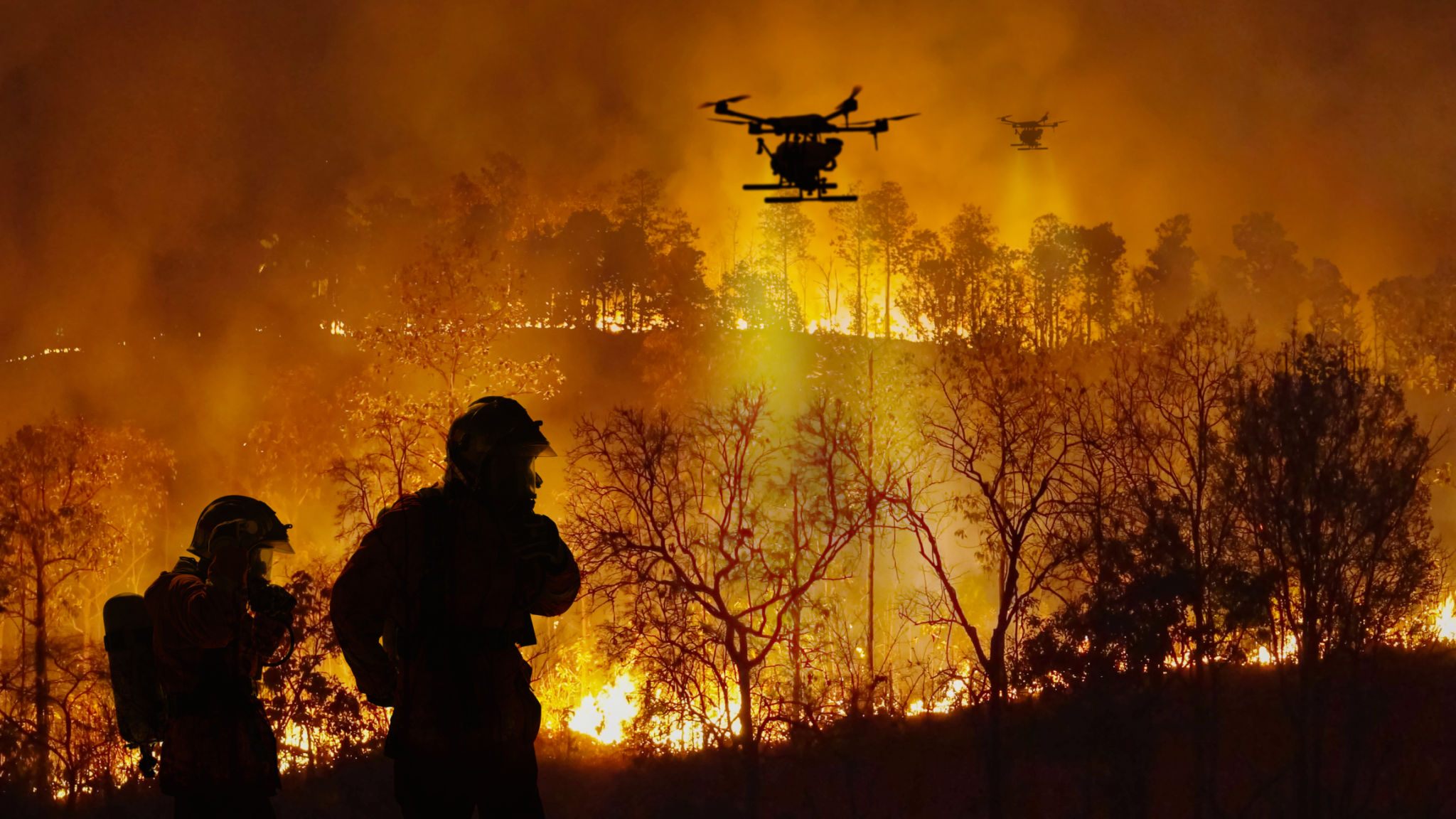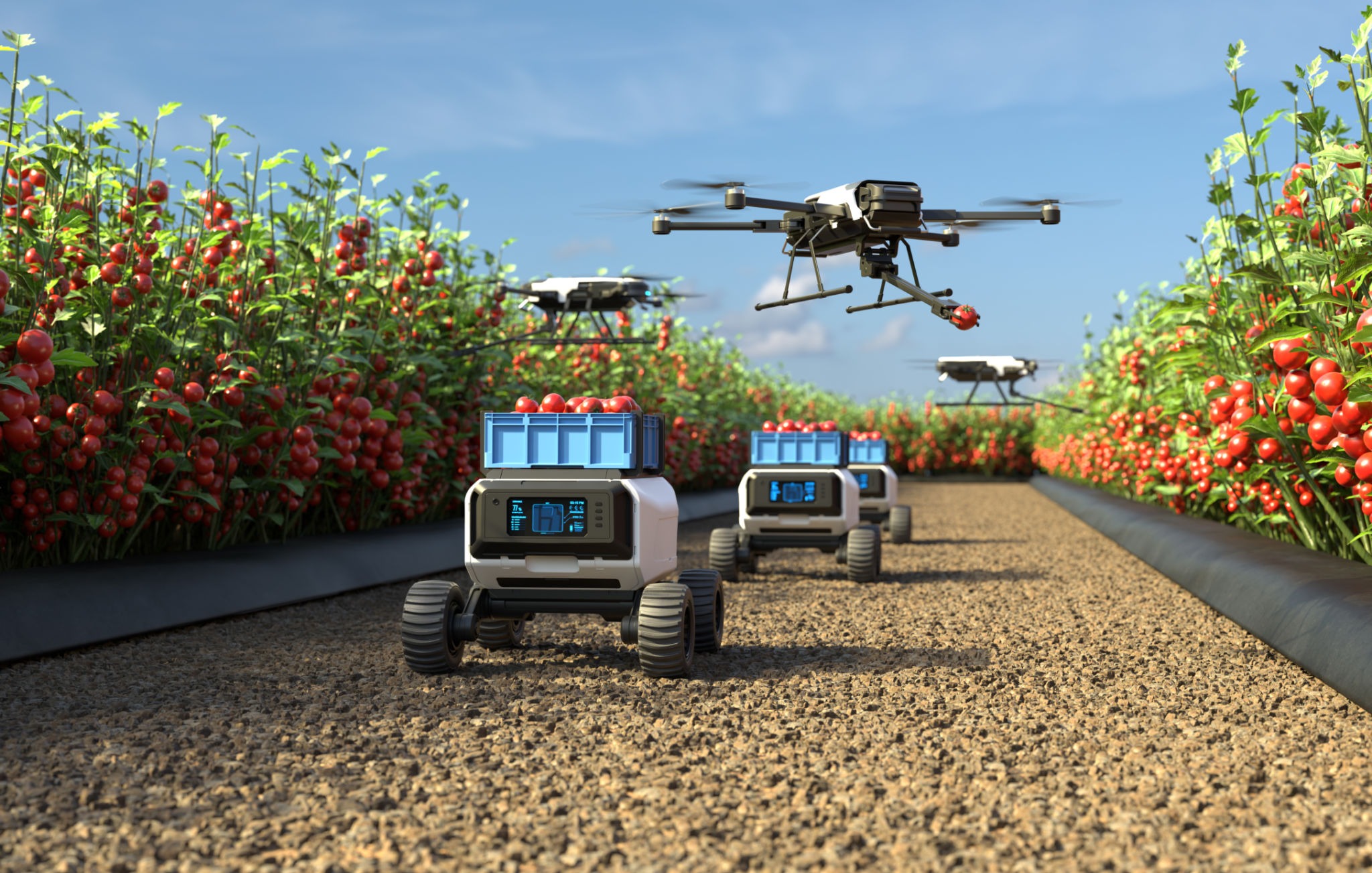巡检机器人vs.巡检无人机: Which Is Better for Your Business?
Introduction
In today's rapidly evolving technological landscape, businesses are constantly seeking ways to enhance efficiency and reduce operational costs. One area where technology is making a significant impact is in the field of inspections. Two popular options for automating inspections are inspection robots and inspection drones. But which is better for your business? This post delves into the advantages and disadvantages of each option to help you make an informed decision.
Understanding Inspection Robots
Inspection robots are ground-based devices equipped with cameras, sensors, and other technologies to perform inspections in various environments. They are typically used in industries such as manufacturing, energy, and infrastructure where they can navigate through confined spaces and handle complex tasks.
Benefits of Inspection Robots:
- Durability: Built to withstand harsh conditions, making them ideal for industrial environments.
- Precision: Capable of detailed inspections with high accuracy.
- Safety: Reduces the need for human presence in potentially hazardous areas.

Limitations of Inspection Robots
While inspection robots offer several advantages, they are not without drawbacks. The primary limitation is their mobility. Being ground-based, they may struggle to access elevated or hard-to-reach locations. Additionally, initial setup costs can be significant, and regular maintenance is required to ensure optimal performance.
Exploring Inspection Drones
Inspection drones, or unmanned aerial vehicles (UAVs), fly over areas to capture images and data for analysis. They are particularly useful in sectors like agriculture, construction, and telecommunications, where aerial perspectives can provide valuable insights.
Advantages of Inspection Drones:
- Accessibility: Can reach high, remote, or otherwise inaccessible areas with ease.
- Speed: Quickly cover large areas, reducing the time required for inspections.
- Cost-Effective: Lower operational costs compared to some traditional inspection methods.

Challenges with Inspection Drones
Despite their versatility, inspection drones face certain challenges. Weather conditions can greatly affect their performance, limiting their use during adverse conditions. There are also regulatory requirements and restrictions that businesses must consider when deploying drones, which can add complexity to their operations.
Comparing Key Factors
When deciding between inspection robots and drones, it's essential to consider specific factors relevant to your business needs:
- Environment: Consider whether your inspection area is more suited to ground or aerial navigation.
- Budget: Initial investment and ongoing maintenance costs can vary significantly between the two options.
- Regulatory Compliance: Understand the legal requirements for using drones in your region.
Conclusion
The choice between inspection robots and inspection drones largely depends on your business's unique requirements. Both technologies offer distinct benefits that can enhance inspection processes and improve overall efficiency. By carefully evaluating your operational needs and constraints, you can select the solution that best aligns with your goals and maximizes returns on investment.
